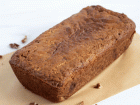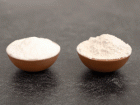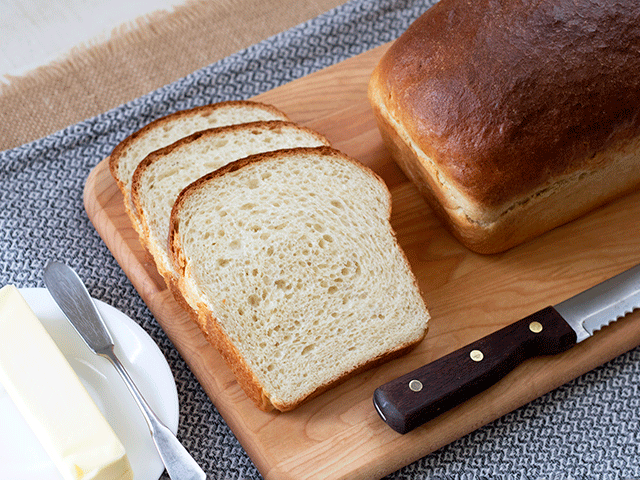
Whether you’re working with yeast or with sourdough starter, your breads will naturally rise or fall depending on the temperature in your home. Ideally, your bread will rise best when your home consistently stays between 68 and 72 degrees Fahrenheit (20 and 22 degrees Celsius).
However, during the summer months, your home might go above those ideal temperatures, easily reaching 75 degrees and above. And the higher the temperature, the faster your bread will proof. If your bread rises too quickly, it may taste bland and will struggle to hold its shape.
So what can you do to slow that rise this season? Here are 5 tips for baking bread in summer.
1. Use Cool Water in Your Recipe
Many recipes recommend using warm water to proof yeast. Dry active yeast proofs best between 105 and 115 degrees Fahrenheit (40 and 46 degrees Celsius). If the water is too cold, the yeast will remain dormant and won’t give your bread lift.
However, during the summer, that warm water will contribute to a fast-rising loaf. If you want to slow your bread’s rise, you’ll have to be more strategic with your liquid ingredients.
Set aside some warm water to activate your yeast, but use cold water to autolyse your dough. Although your dough will reach room temperature eventually, the cold water will slow things down.
2. Add a Little More Salt
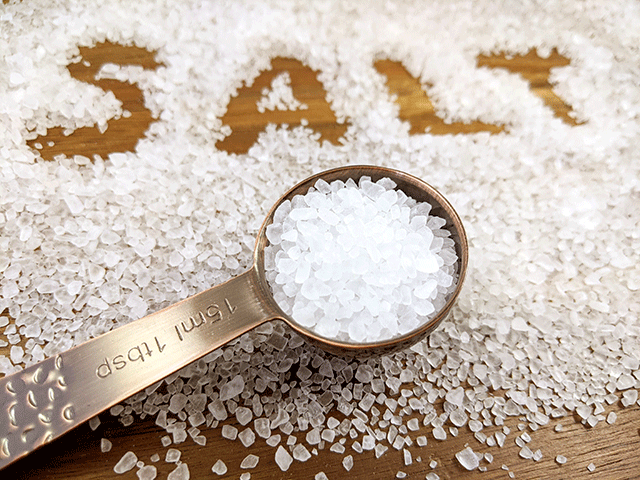
Yeast feeds on the sugars and starches in your flour. Although yeast does not need water to feed, yeast does need water to properly absorb oxygen and nutrients.
Salt, in contrast, is hygroscopic, meaning it attracts water and other moisture. When present in your bread dough, salt pulls water from the yeast, which then slows its fermentation process.
Whenever you’re baking bread in summer, consider adding an extra gram or two of salt to slow your yeast’s activity and counter the high temperatures in your kitchen. However, you should note that excessive amounts of salt can strain or even kill your yeast, and too much salt will impact the overall flavor of your bread.
Not sure how much to add?
If you understand baker’s percentages, you can use up to 2% salt in your recipe without having any negative impact on your bread’s fermentation process. Above 2% salt, the bread’s fermentation will slow noticeably. At 8% salt, the yeast will become dormant.
So if you try to counter excessive kitchen temperatures with salt, keep the salt well below the 8% mark. And don’t forget to take notes on your recipe changes to see what works best for you.
3. Decrease Your Fermentation Time
Scientifically speaking, the rate of metabolism and carbon dioxide production doubles for every 18 degrees Fahrenheit (10 degrees Celsius) increase in temperature. Bread dough at 86 degrees Fahrenheit (30 degrees Celsius) will rise twice as fast as dough at 68 degrees (20 degrees Celsius).
By the time your home temperature reaches 90 degrees (32 degrees Celsius), the yeast becomes so active that it will push gluten strands beyond their ability to hold together. Even if you knead your bread for extended times and use extra vital wheat gluten*, your dough may devolve into a sticky, gloopy mess if you let your bread rise too long in warm temperatures.
When baking bread in summer, you may need to cut your total rise time to compensate for temperature fluctuations. So if a recipe calls for a 4 hour rise time at 68 degrees Fahrenheit (20 degrees Celsius), your dough may be done in as little as 2 hours if your kitchen hovers at 86 degrees (30 degrees Celsius).
Keep in mind that long rise times are important for maximizing flavors in your bread. Short rise times in summer may result in blander bread, so consider alternative methods for slowing your yeast activity. Or make sure that your bread has additional ingredients such as milk, eggs, or butter to lend your bread flavor and structure.
4. Reduce Yeast Amount
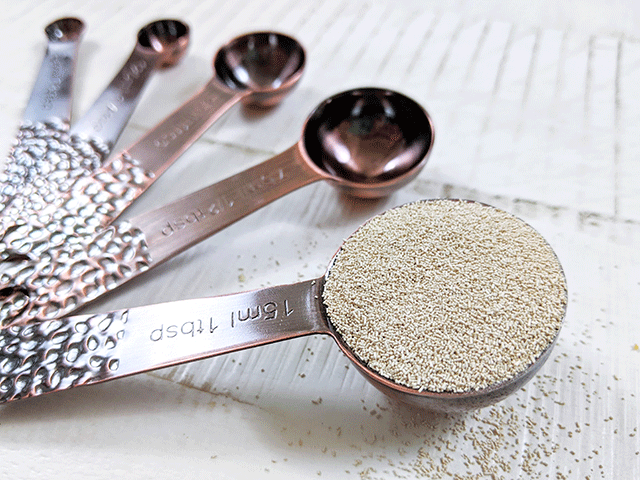
Unless you are making a quick bread with baking soda or baking powder, yeast is essential for making your bread rise and giving it lift in the oven. As a rule of thumb, most recipes recommend 2 grams (1/2 teaspoon) yeast for every 450 grams (3 3/4 cup) of flour.
But if you are baking bread in summer, you don’t have to use all of the yeast that the recipe recommends. If you want to slow your rise and keep your bread from over proofing, you can cut the total amount of yeast you include.
Just remember that you need a combination of warm temperatures and longer rise times if you’re going to scale down the yeast in your recipe. Start by reducing yeast by 50% and take notes on your results. If your bread still seems over proofed, feel free to cut the yeast a little more.
You may be surprised by just how little yeast you need for a successful loaf.
5. Choose Quick Bread Recipes
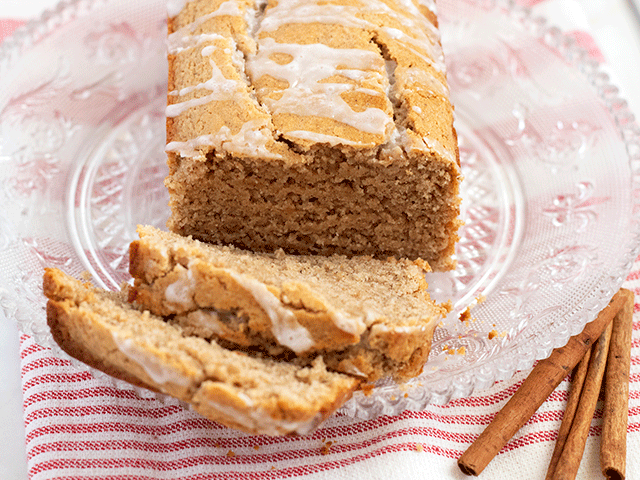
Sourdough breads and yeast-based breads can behave unpredictably during temperature fluctuations. If you frequently struggle with baking bread in summer, opt for quick bread recipes.
Quick bread recipes often rely on baking soda or baking powder rather than yeast to lift your loaf. With a quick bread, you don’t have to worry as much about timing your recipe. Simply mix your ingredients together, pour the batter in a bread pan, and bake. No muss. No fuss.
If you need a few quick bread recipe ideas, check out my 1 to 2 hour bread recipes or click on recipes tagged with “baking soda” or “baking powder” as a key ingredient.
What Worked for You?
I hope these tips for baking bread in summer made things a little bit easier. If they did, feel free to let me know which tips helped you the most in the comment section below. Or, if you have additional suggestions, tell me about them! Your feedback can help other struggling bakers with their bread.
*As an Amazon associate, I do receive a commission for affiliate links. I like to recommend products I use regularly, and qualifying purchases support my site.

